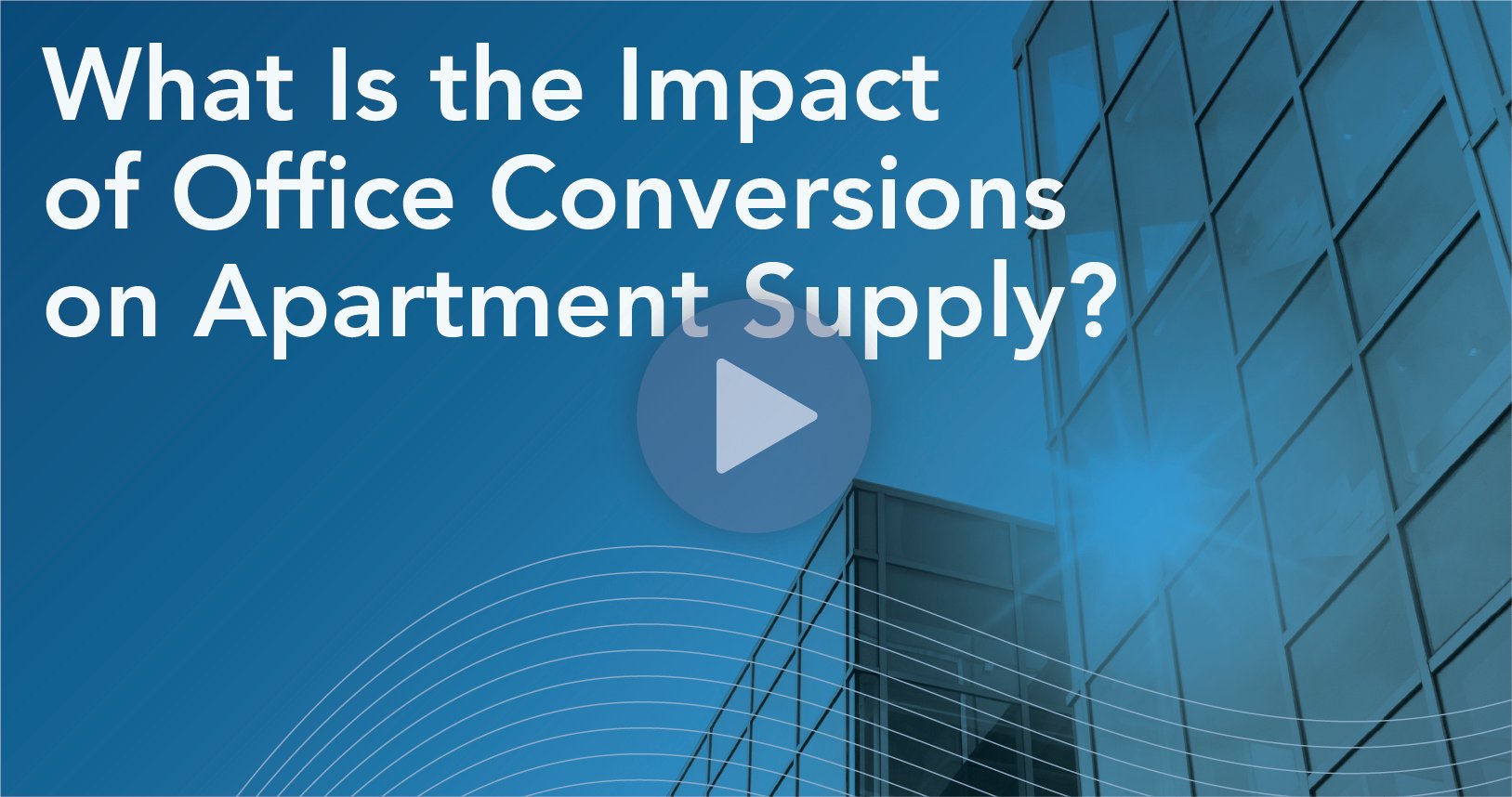Welcome to the fifth episode of 'The Inside Look.’ Senior Commercial Real Estate Economist Xander Snyder discusses the investment alternatives for real estate investors.
Watch below and subscribe to the CRE Insider blog for additional insight from thought leaders at First American Title NCS.
Transcript:
Most people in the commercial real estate industry today are familiar with how higher interest rates are suppressing transaction volume. Debt is substantially more expensive now than it was two years ago, and that makes it a difficult market to close in. But higher long-term interest rates also dampen transaction volume through another mechanism: by offering compelling investment alternatives to real estate investors.
That's what we're going to take a look at on this edition of First American's Inside Look. I'm Xander Snyder.
Some consider commercial real estate to be bond-like, in that both bonds and commercial properties typically pay some amount of income over time. Seen from this perspective, the cap rate on a building functions similarly to the coupon rate on a bond. And while there are some differences between the two, which I'll come back to in a moment, viewing commercial real estate as bond-like provides some insight into the investment alternatives that are available to commercial real estate investors at the moment.
More investment alternatives translates into lower commercial real estate transaction volume, since many investors will choose to allocate their capital elsewhere when they have other options.
A common way to compare two income-oriented investments is using rate spreads, which is the difference in interest rates on two separate investment options. So let's take a look at the spread between multifamily cap rates and U.S. Treasury bonds, which are typically considered to be risk free or low risk because they're insured by the federal government.
As you can see, as the multifamily cap rate spread over the ten-year Treasury yield grows, multifamily transaction volume typically increases as well. Why? Because the income earned on multifamily properties has increased relative to the risk-free treasury yield, and this incentivizes investors to purchase properties rather than Treasury bonds.
The inverse is also true. As the cap rate yield spread declines, typically, there follows a period of declining multifamily transaction volume, since the incremental income that can be earned from a multifamily property has declined relative to that on a treasury bond. Treasury yields have increased more quickly than multifamily cap rates, and this has brought that cap rate spread to a historic low. That means that investors can earn nearly as good of an income return on treasury bonds as they can on apartment properties, which has brought a lot of commercial real estate investors to ask themselves, why take on the incremental risk of a property acquisition when I can do almost as good with a lower risk alternative?
Though commercial real estate can be bond-like, as I mentioned a moment ago, there are some meaningful differences between the two. For starters, you can't raise rent on bonds, which means that the income that they pay over time generally doesn't increase. By contrast, net operating income generated by commercial properties can increase over time.
Additionally, bonds generally don't appreciate in value if you hold them to maturity. Whereas, typically, commercial real estate investors will buy commercial properties to benefit both from the income generated and the long-term capital appreciation. So, for investors that are willing to trade capital appreciation right now in exchange for a reliable income while they wait for property prices to fall, treasury bonds offer one such low-risk alternative at the moment.
So long as this cap rate yields spread over long-term treasury rates remains low, investors will remain likely to substitute some of their prospective commercial real estate investments with treasury securities and other fixed income alternatives.
Thanks for joining me on this edition of The Inside Look. See you next time.



